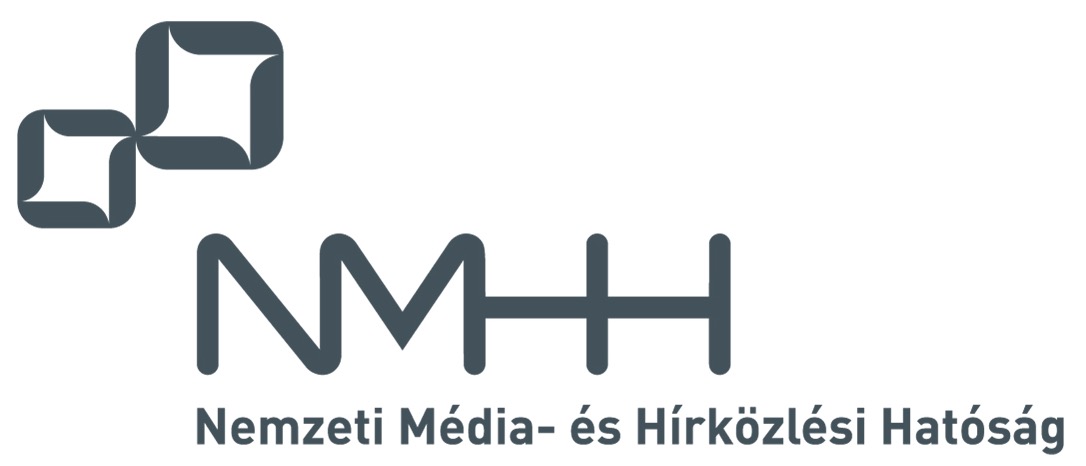2013. 2nd Issue
Full issue  (30 MB)
(30 MB)
PAPERS FROM OPEN CALL
D.D. Le, M. Molnár and J. Palaysi
Multicast Routing in WDM Networks without Splitters 
Multicasting in WDM core networks is an efficient way to economize network resources for several multimedia applications. Due to their complexity and cost, multicast capable switches are rare in the proposed architectures. The paper investigates the multicast routing without splitters in directed (asymmetric) graphs. The objective is to minimize the number of used wavelengths and if there are several solutions, choose the lowest cost one. We show that the optimal solution is a set of light-trails. An efficient heuristic is proposed to minimize conflicts between the light-trails, and so to minimize the number of used wavelengths. The performance is compared to existing light-trail based heuristics. Our algorithm provides a good solution with a few wavelengths required and a low cost.
T. Bérczes, B. Almási, J. Sztrik and A. Kuki
The Effect of RF Unit Breakdowns in Sensor Communication Networks 
In this paper the wireless transmission problem in sensor networks is investigated. The server (RF unit) is assumed to be subject to random breakdowns both in busy and idle states. The sensors of the networks are grouped in two classes. The first one is the "Emergency" class, which performs the notification of special emergency situations (eg. fire alarms). The second one is the "Normal" class, which measures and transmits environmental data (eg. temperature). The novelty of investigations is the inclusion of the non-reliability of the server. Our main interest is to give the main steady-state performance measures of the system computed by the help of the MOSEL tool. Several Figures illustrate the effect of the failure and repair rates of the server on the mean queue lengths and on the probability of server's breakdowns.
A. Mandal and R. Mishra
FPGA Implementation of Pipelined CORDIC for Digital Demodulation in FMCW Radar 
Now-a-days Radar Signal Processing system is gaining a great deal of attention for realization of on-chip programmable signal processor for its real time applications. Application specific systems are being implemented using wide spectrum of Digital Signal Processing (DSP) algorithms. Such is the case for COordinate Rotation DIgital Computer (CORDIC) algorithm which is turned out to be widely researched topic in the field of vector rotated DSP applications. In this paper we have designed an application specific pipelined CORDIC architecture for digital demodulation in low power, high performance FMCW Radar. A complex Digital Phase Locked Loop (DPLL) has been used for digital demodulation. The FPGA implementation of CORDIC based design is suitable because of its inherent high system throughput due to its pipelined architecture where latency is reduced in each of the pipelined stage. Substantial amount of resource utilization has been reduced in proposed design. For better loop performance of first order complex DPLL during demodulation, the convergence of the CORDIC architecture is also optimized. Hardware synthesized result using Cadence design tools are presented.
P. Fülöp and S. Szabó
Movement Modelling in Cellural Networks - Markov Movement Model Creator Framework (MMCF) 
Nowadays, in the wireless networks the number of users and the transferred packet switched data speed are increasing dramatically. Due to the demands and the market competition the services are becoming more and more complex. The efficient network dimensioning and configuration highly depends on the underlying mathematical model of user distribution and expected data transfer level. In this paper we propose a Markov Movement-Model Creator Framework (MMCF) for setting up a model based on the network parameters and requirements with optimal number of states. Firstly we describe a method that yields an abstract model of the mobile network and the node, and we introduce a simple classifying method that defines the necessary parameters of the exact Markov movement model. The mathematical solutions for determining these parameters are also presented in the paper. Finally we analyze the accuracy, complexity and usability of the proposed MMCF and an analytical comparison is made with other mobility models, the comparison is proved by simulations. The movement model created with the framework helps the network operators in setting up an effective authorization, fraud detection system or solving self-configuration issues.
Á. Horváth
Applying Opportunistic Spectrum Acess in Mobile Cellural Networks 
Nowadays, mobile service providers (SPs) have the exclusive access of certain spectrum for the mobile telecommunication services. This approach may lead to the inefficient use of the spectrum, which can be alleviated by opportunistic spectrum access.
In this paper, we propose a cooperation scheme for mobile SPs, in which the SPs can use each other's unutilized frequency bands, when their own speech channels are occupied. Our simulation results show that significant gain in the blocking ratio and in the utilization can be achieved with the proposed cooperation scheme. Moreover, we calculate the average profit rate, and show that our scheme is beneficial for both cooperating party.
DESIGN STUDIES
A. Dilfino, R. Chiariglione and G. Tropea
Video Services in Information Centric Networks: Technologies and Business Models 
Information Centric Networking (ICN) is an emerging communication paradigm in which information is stored and retrieved based on its "name". It can be seen as moving away from a host-based to a content-based communication model. The CONVERGENCE project has developed a comprehensive ICN solution integrating network and middleware, glued together by a unified, interoperable container called Versatile Digital Item (VDI). The paper describes the implementation called Video Centric Networking – Publish/Subscribe (VCN-PS) and shows that ICN can be realistically implemented and made accessible to applications in popular devices, and can thus be considered as a viable medium-term alternative to other multimedia delivery technologies. The paper also checks the ability of VCN-PS to support business models for video streaming services.
CALL FOR PAPERS
Special Issue on Autonomic Communications




